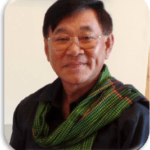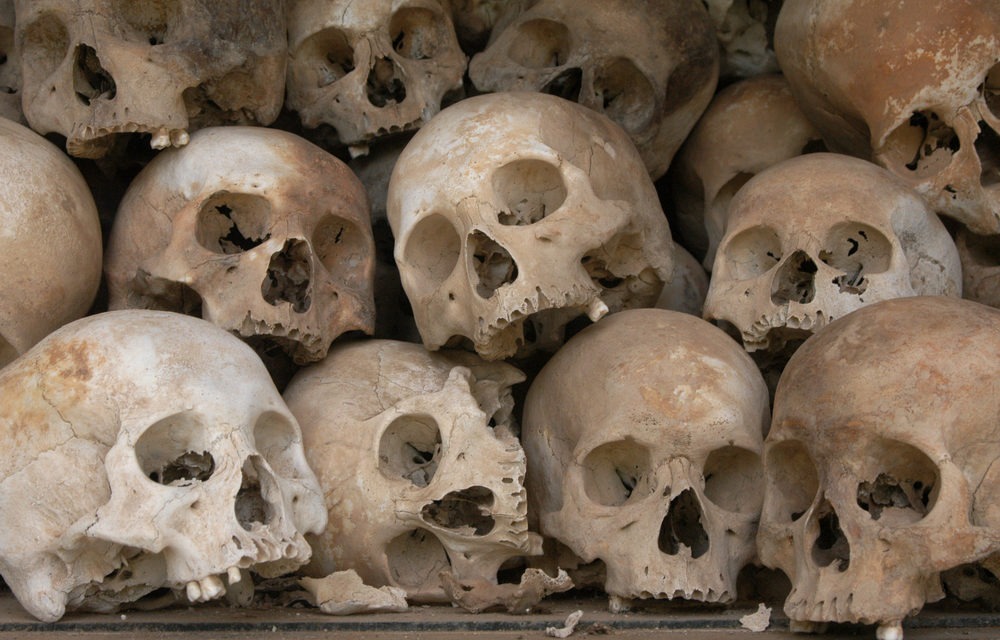RANCHO MIRAGE – William Eir, of Palm Springs, lost one of his three brothers during the four years that the barbaric regime of the Khmer Rouge ruled Cambodia. The Khmer Rouge was responsible for one of the worst mass killings of the 20th Century.
The sites where the bodies were dumped became known as the Killing Fields.
The Cambodian journalist Dith Pran coined the term “killing fields” after his escape from the regime.
The Cambodian Killing Fields are a number of sites in Cambodia where collectively more than a million people were killed and buried by the Khmer Rouge regime (the Communist Party of Kampuchea) during its rule of the country from 1975 to 1979, immediately after the end of the Cambodian Civil War (1970–1975), according to Wikipedia. The mass killings are widely regarded as part of a broad state-sponsored genocide(the Cambodian genocide).
Analysis of 20,000 mass grave sites by the DC-Cam Mapping Program and Yale University indicates at least 1,386,734 victims of execution. Estimates of the total deaths resulting from Khmer Rouge policies, including death from disease and starvation, range from 1.7 to 2.5 million out of a 1975 population of roughly 8 million. In 1979, Vietnam invaded Democratic Kampuchea and toppled the Khmer Rouge regime; viewed as ending the genocide.

William Eir
Eir, two brothers and two sisters managed to survive. Eir was a witness to history.
Under the Marxist leader Pol Pot, the Khmer Rouge tried to take Cambodia back to the Middle Ages, forcing millions of people from the cities to work on communal farms in the countryside, according to the BBC. Entire families died from execution, starvation, disease, and overwork.
It is estimated that between 1.7 and 2 million Cambodians, 21% to 24% of the country’s population, died during the Khmer Rouge’s. An invasion by neighboring Vietnam, on Jan. 7, 1979, toppled the Khmer Rouge regime.
Eir, a native of Cambodia, has a compelling story to tell. He will speak publicly this week about the atrocities he witnessed.
Eir, now 63, was one of those forced from the cities to work on the farms. He came to the United States in 1983 after leaving Cambodia. He flew into Missouri where his sponsor lived and later moved to Philadelphia where he studied nursing. He became a naturalized citizen in 1988.
He worked at two hospitals in Long Beach helping Cambodian patients with the language barrier. Born to a Chinese father and a Cambodian mother, Cambodian is his first language, Chinese his second, and English his third.
Before retiring he managed a U.S. Post Office on North El Cielo Road in Palm Springs.
Eir, who refers to himself as “survivor” of Cambodia, will tell his story at 11 a.m. on Wednesday, June 26 at the Tolerance Education Center, 35147 Landy Lane, Rancho Mirage. The event is free and open to the public.
Today, Cambodia has been described by Human Rights Watch’s Southeast Asian Director, David Roberts, as a “relatively authoritarian coalition via a superficial democracy.”
For more information, call 760.328.8252
Photo caption: Skulls from a mass grave of Khmer Rouge victims in Choeung Ek aka the Killing Fields near Phnom Penh, Cambodia.
Image Sources
- William Eir: William Eir
- Shutterstock_1747878: Shutterstock







